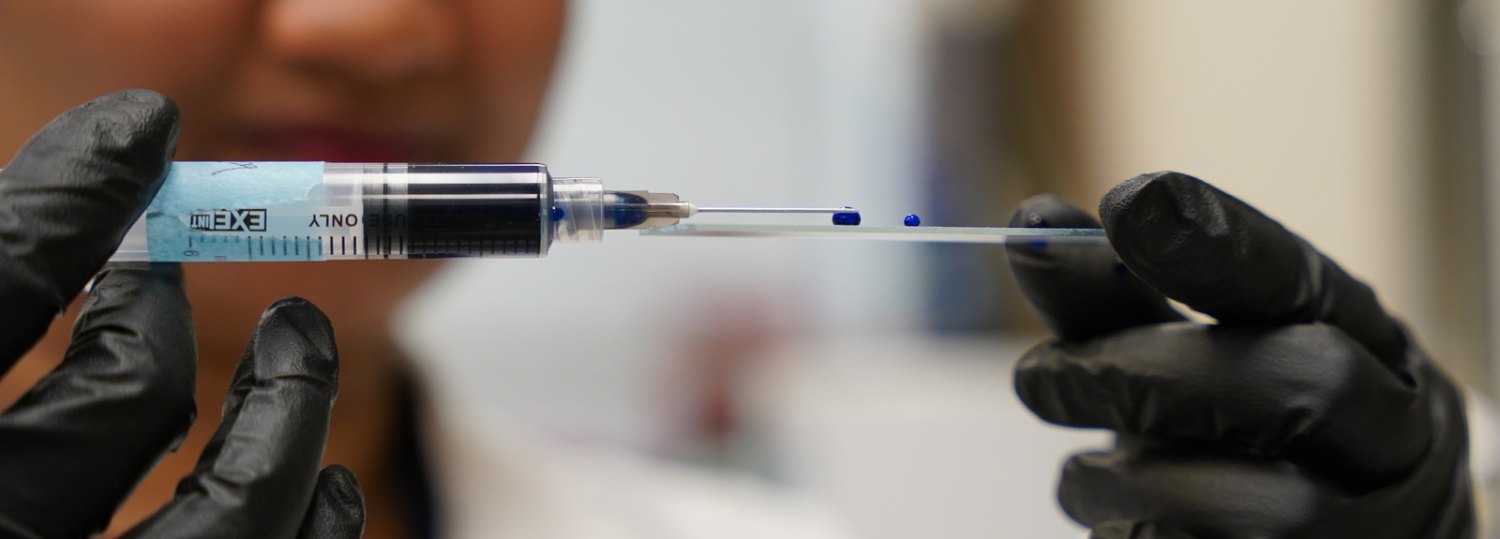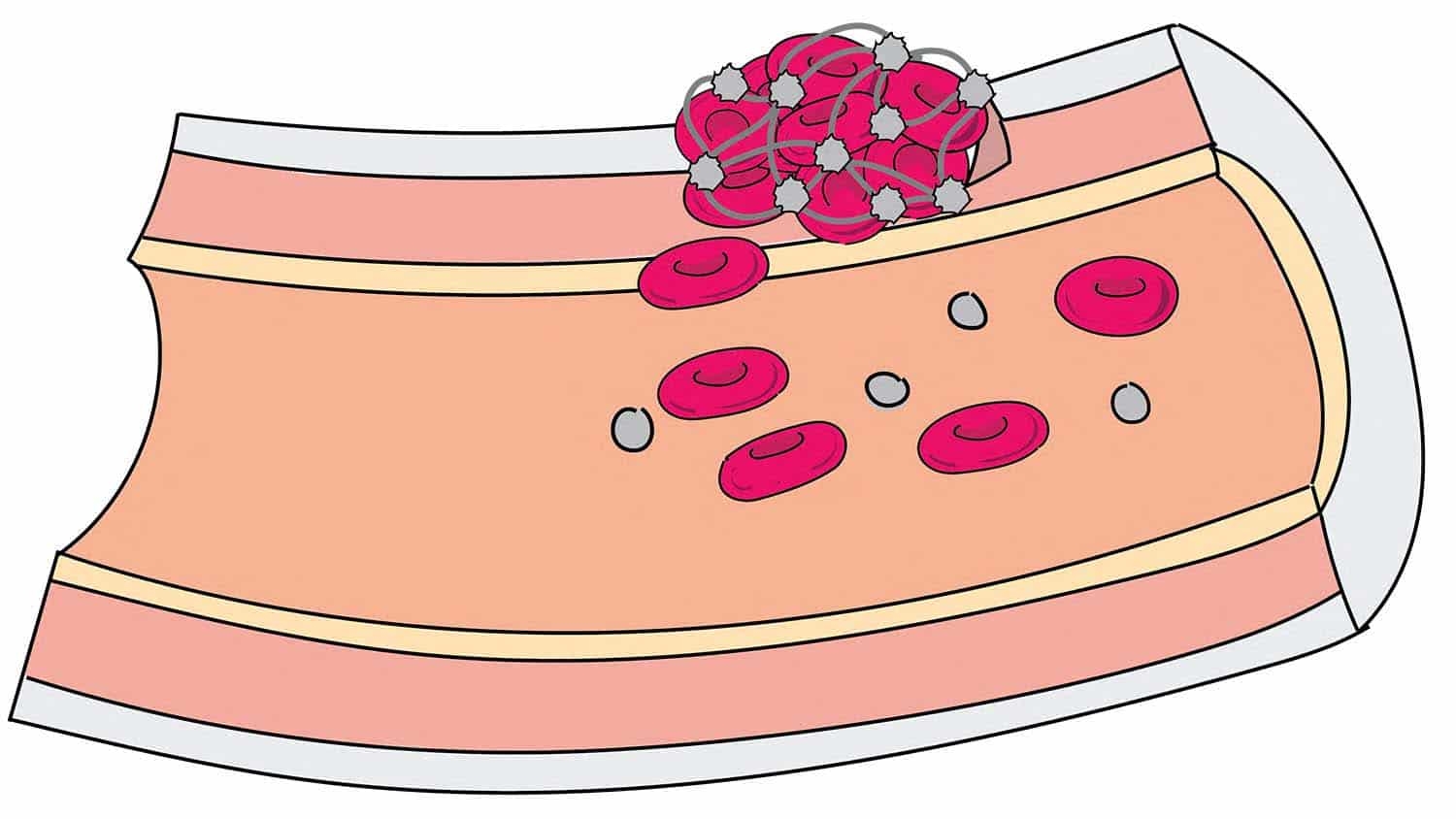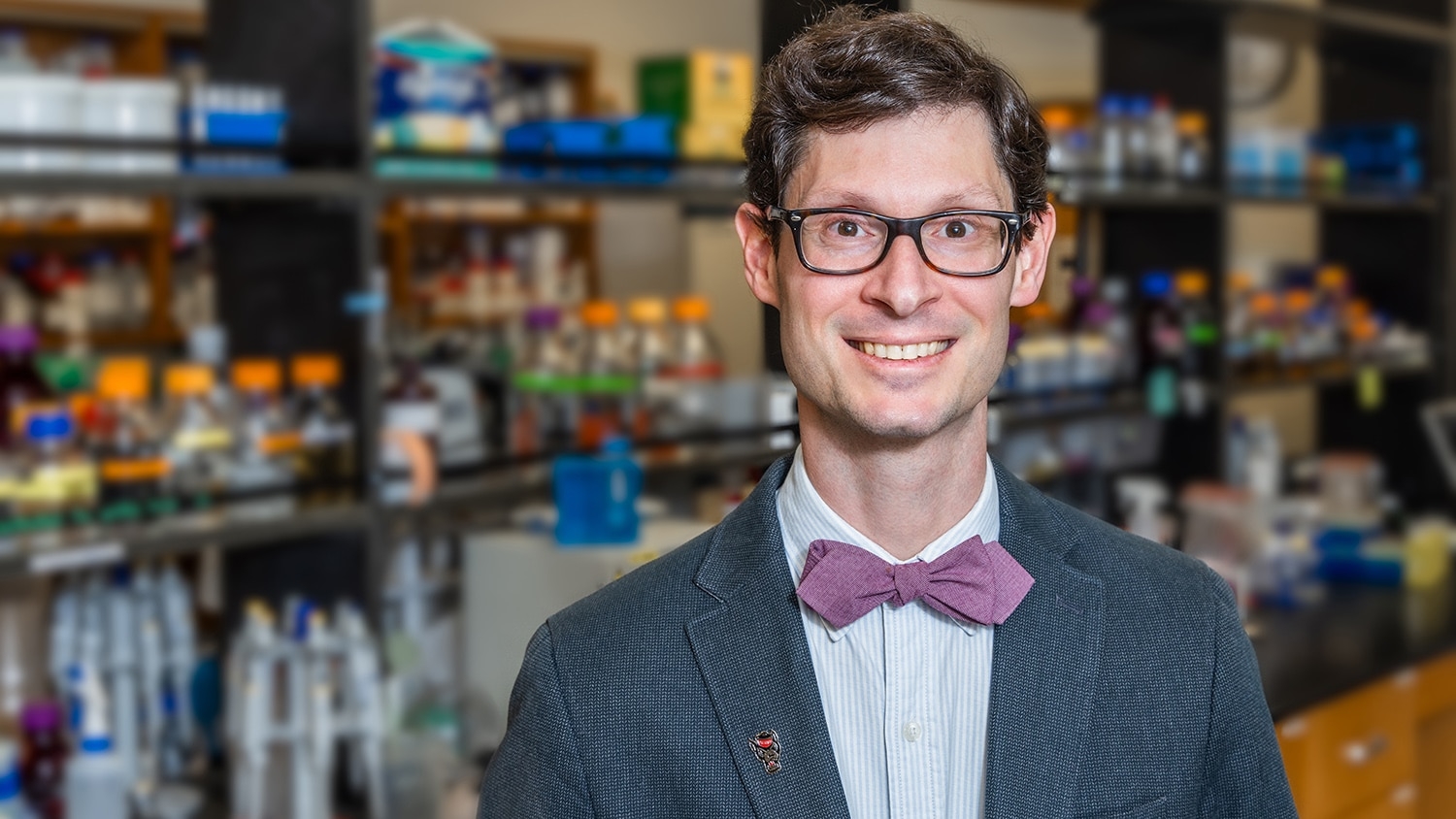By Jack Boden
Department of Mechanical and Aerospace Engineering
Kota research group from NC State University’s Department of Mechanical and Aerospace Engineering has recently published new research related to health care applications of non-stick coatings.
In September, Sravanthi Vallabhuneni, a PhD student in MAE Associate Professor Arun Kumar Kota’s research group, published a new research paper in Materials Horizons titled “On-demand, remote and lossless manipulation of biofluid droplets,” alongside co-first authors Wei Wang from the University of Tennessee Knoxville and Jiefeng Sun from Colorado State University. The paper was then included in the November issue of Materials Horizons.
Inspired by the sudden surge in health care worker safety concerns caused by the COVID-19 pandemic, the team set out to develop solutions that would mitigate the risk to health care workers when working with potentially harmful biofluid samples like blood, saliva, urine etc. The team utilized soft actuators developed by Jianguo Zhao’s research group at Colorado State University to manipulate droplets of biofluids in a lossless manner without human contact.
Herein lies the problem that Vallabhuneni was tasked with solving: How can they manipulate the droplets and leave nothing behind on the actuators (or other surfaces) that could cause harm to health care workers?
With this issue in mind, she set out to develop a superomniphobic coating that could be applied to the soft actuators to prevent any infectious biofluids from being left behind. Superomniphobic refers to the ability of a material that prevents liquids from sticking to it – an ultimate non-stick/slippery surface.
The way it works, Vallabhuneni’s advisor Dr. Kota said, is very similar to an air-hockey table, in which air blows up from small holes in the table to allow the puck to hover or slide across the surface. In the case of Vallabhuneni’s coating, however, rather than blowing air, the coating traps air between the surface and the biofluid and simulates the same “hovering” effect that allows the liquid to slip or glide from one point to another without leaving anything behind.
What this means is that while it appears that a droplet sits directly on the actuator, Vallabhuneni says that the droplet only contacts about 1% of the underlying solid surface, while the other 99% consists of air trapped by the coating in the microscopic spaces on the rough surface.
“Utilizing such non-stick soft actuators, we designed manipulators that can automate droplet pickup, transport and release operations required for infectious biofluid handling without human intervention” Vallabhuneni said.
According to Dr. Kota, his research group had no significant experience with biofluids until Vallabhuneni saw the potential for this research to make a difference in the field of health care. Then they sought out experts like Frank Scholle at the NC State Department of Biological Sciences and Ashley Brown at the UNC/NC State Joint Department of Biomedical Engineering to collaborate with and demonstrate the utility of the superomniphobic soft actuators.
With this research, Vallabhuneni has not only made breakthroughs in her own field, but she has also made a dedicated effort to foster the growing culture of collaboration at NC State University.
This post was originally published in the Department of Mechanical and Aerospace Engineering.
- Categories:



